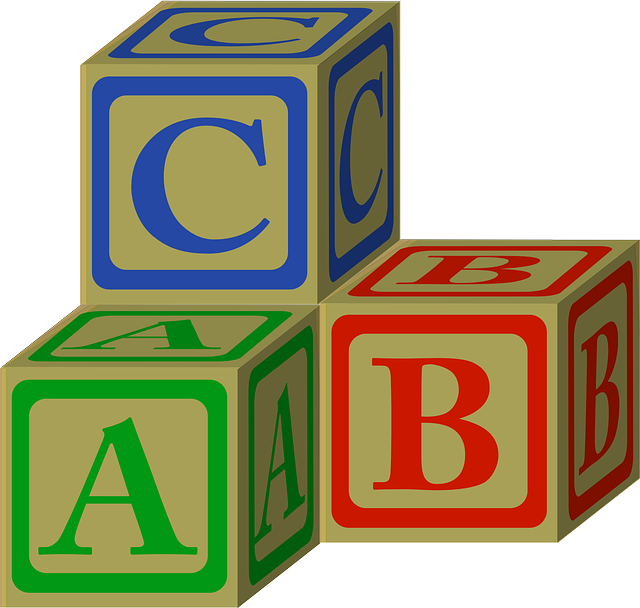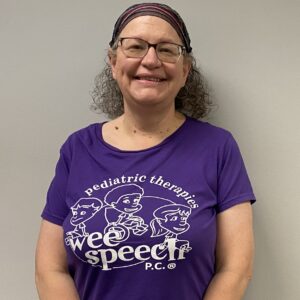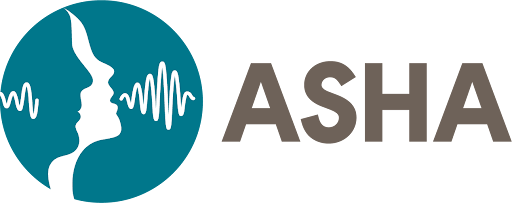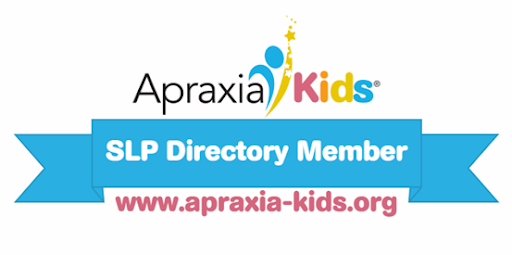“Basic Concepts” are words that help us perceive and describe the world around us. Being able to understand and use basic concepts is fundamental to comprehending and communicating language. Everyday routines and following directions at home and at school will involve these concepts. They also support learning in various subject areas, including math and literacy. You can help reinforce your child’s skills by creating opportunities for learning naturally within everyday activities and play.
The four basic concept categories involve location, quantity, time, and quality. As your child grows, the words used to describe concepts will advance in complexity, but the categories of concepts will remain the same.
Here are examples of basic concepts in each category and ways to work on them at home:
Spatial Concepts: words that describe location, position, and direction all fall within the category of spatial concepts. Early position words include in, on, up and down. Later developing prepositions include under, next to and around and more complex directional terms like left, right, forward, and east, west. You can reinforce these concepts during play with dolls and a dollhouse and furniture, animal figures and a barn, or boxes and blocks. Reinforce https://mikesmaze.com concepts as your child helps you put groceries away in a cupboard. Or, add movement to your activity and make an obstacle course!
Quantity Concepts: to describe the amount of something, we use terms like one, more, all, another. Later, children will learn precise number concepts, and other quantity terms like many, some, none and fewer, more, most. Building activities and arts and crafts are great ways to reinforce quantity concepts (get all the blocks and put them in a row, put one more bead on the string)
Temporal Concepts: Children begin to understand and use words that describe time around age 3 years, including: now, soon, later, before, after and first, next. Later, they will master terms such as yesterday, tomorrow, last week. You can reinforce temporal concepts through sequencing activities, such as assembling parts of a house, getting dressed to go outside, or making a sandwich (“first get a piece of bread, next spread the peanut butter, and last put bread on top!”).
Quality Concepts: These words describe all the other physical features of items, such as size, shape, color, texture, or state. There are a very large number of words in this category, but some early quality concepts include descriptors like big, small, happy, sad, wet, dry and colors. You can teach some of these words as opposite pairs during play and everyday routines: work on wet/dry during bath time or when giving animal figures a “shower” in the sink, find big/little cars, balls and other toys and sort them in groups, make cars go fast/slow, talk about characters feeling happy/sad while reading a book and when your child is experiencing those emotions.
Basic concepts can be found anywhere and everywhere. Enjoy exploring them with your child and have fun!
Get a Free Online Assessment
Looking for an expert opinion on your child's needs? Fill out a 3 minute questionnaire and receive a personal evaluation from our staff
By submitting this form, you are consenting to receive marketing emails from: . You can revoke your consent to receive emails at any time by using the SafeUnsubscribe® link, found at the bottom of every email. Emails are serviced by Constant Contact




